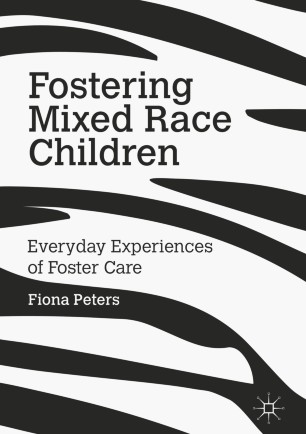Fostering Mixed Race Children: Everyday Experiences of Foster CarePosted in Books, Monographs, Social Science, Social Work on 2016-03-12 02:50Z by Steven |
Fostering Mixed Race Children: Everyday Experiences of Foster Care
Palgrave Macmillan
June 2016
203 pages
3 b/w illustrations
Hardcover ISBN: 978-1-137-54183-3
Softcover ISBN: 978-1-349-71266-3
DOI: 10.1057/978-1-137-54184-0
Fiona Peters, Visiting Researcher
Goldsmiths, University of London, United Kingdom
The ‘mixed race’ classification is known to be a factor of disadvantage in children’s social care and this fastest growing population is more likely than any other ethnic group to experience care admission. How does knowledge of ‘mixedness’ underpin policy and practice? How, when and why is the classification ‘mixed’ a disadvantage? Through narrative interviews with children currently in foster care, Fostering Mixed Race Children examines the impact of care processes on children’s everyday experiences. Peters shows how the ‘mixed race’ classification affects care admission, including both short and long term fostering and care leaving, and shapes the experiences of children in often adverse ways. The book moves away from the psychologising of ‘mixedness’ towards a much-needed sociological analysis of ‘mixedness’ and ‘mixing’ at the intersection of foster care processes.
This book will be of interest to academics and practitioners working with families and children. Peters presents a child-centred narrative focus and offers unique insights into a complex area.
